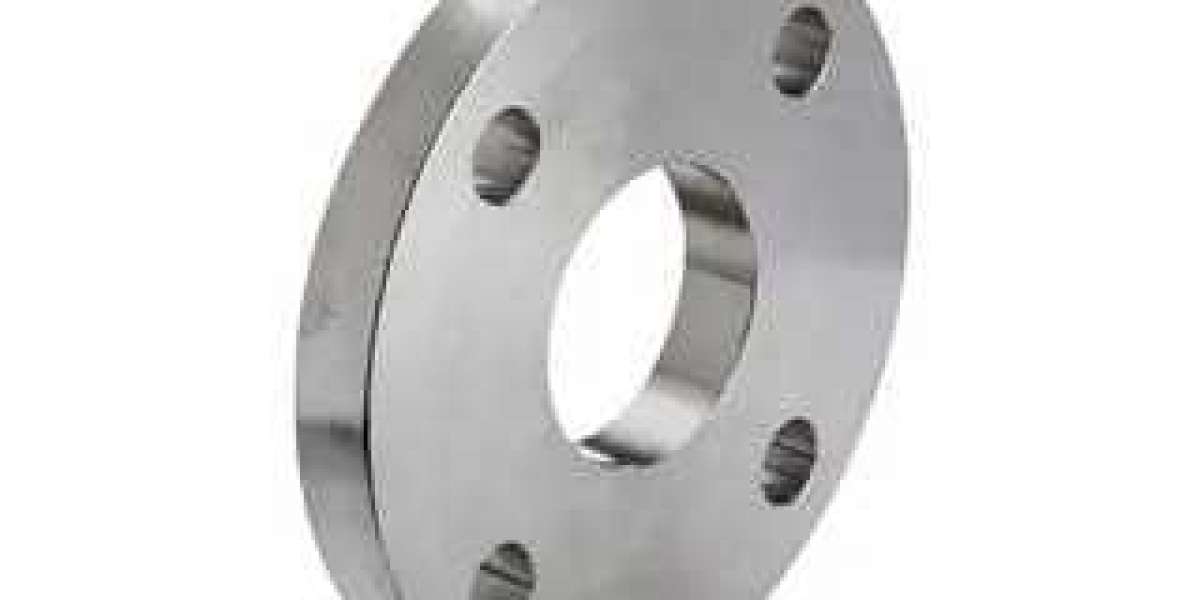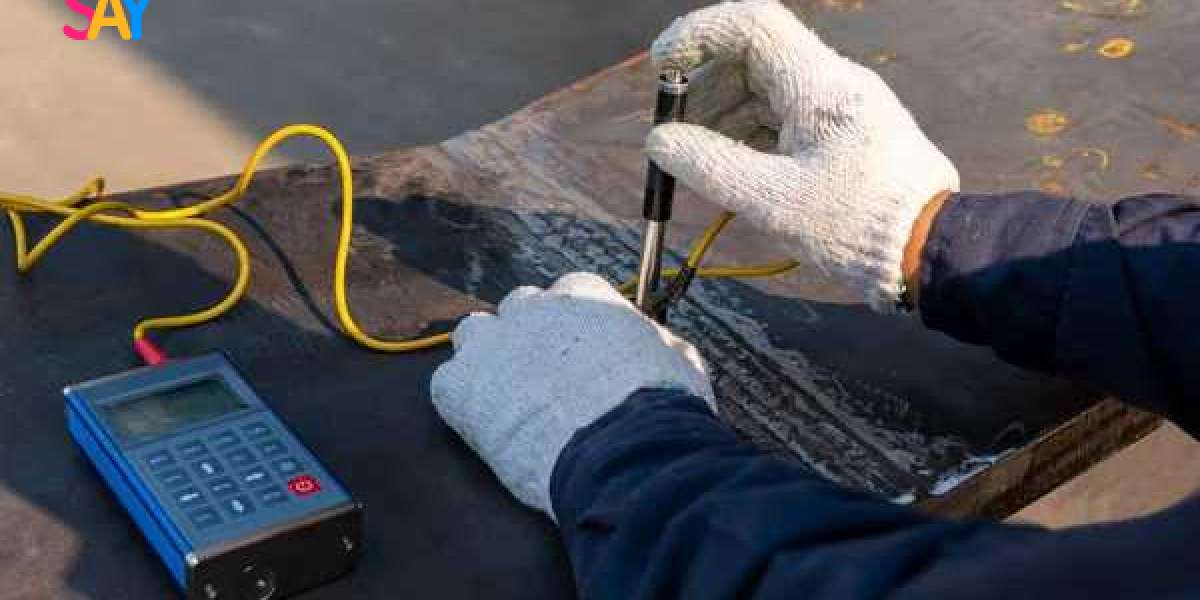What are Loose Flanges
Loose flanges, also known as lap joint flanges, are a type of flange assembly consisting of two separate components: a stub end and a backing flange. The stub end is welded to the pipe, while the backing flange is free to move along the pipe's length.
When connected, the backing flange rests against the stub end, creating a loose, non-integral connection. Loose flanges are characterized by their ability to rotate around the pipe axis, providing flexibility and ease of alignment during installation and assembly.
Applications of Loose Flanges
Loose flanges find application in various industries and piping systems where flexibility and ease of assembly are essential.
They are commonly used in low-pressure and low-temperature applications, such as in water distribution, irrigation systems, and plumbing installations. Loose flanges are also utilized in systems requiring frequent di sassembly or maintenance, as they allow for easy removal and reinstallation of components without the need for cutting or welding.
Additionally, they are employed in systems subject to thermal expansion and contraction, where the ability to accommodate movement and alignment changes is important.
Benefits of Using Loose Flanges
Using loose flanges offers several advantages in piping systems and industrial applications. Their modular design allows for easy installation and assembly, reducing labor and equipment costs.
Loose flanges provide flexibility and ease of alignment, minimizing the risk of misalignment or distortion during installation. They also allow for quick and convenient maintenance or replacement of components, minimizing downtime and ensuring continuous operation of the system.
Additionally, loose flanges accommodate thermal expansion and contraction, reducing stress on the piping system and prolonging the service life of components.








